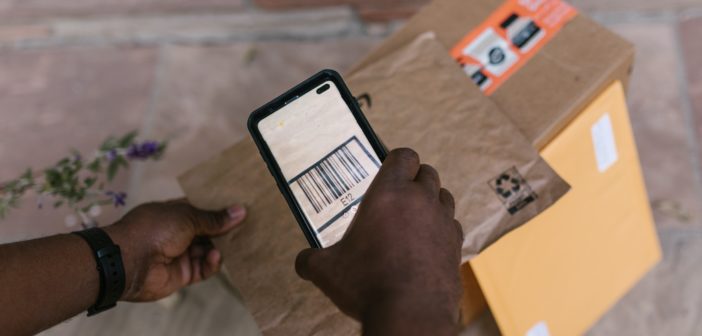Even before the pandemic, we were witnessing a surge in demand for instant local deliveries. Now, customers expect their packages to be delivered within a few hours of their purchase, or less. E-commerce companies like Amazon and Alibaba have built massive networks to oblige them. With Covid, ultra-fast “last mile” delivery transitioned from a matter of convenience to one of life and death. Bringing vaccines to people safely and quickly will be critical to containing the next pandemic while keeping supply chains and economies open.
On-demand delivery offers huge potential for logistic providers, as well as healthcare providers. UPS’ acquisition of Italian healthcare logistics company Bomi Group, announced earlier this month, underscores the importance of logistics to the United States’ largest consumer-facing industry, as well as its global potential. In our industry, competitive advantage is now measured in minutes, not days.
The stakes could hardly be higher. According to AlliedMarket Research, the global same-day delivery market was valued at $5.78 billion in 2019, and is projected to increase nearly four-fold by 2027. By then, the healthcare industry will be the third-largest user of same-day delivery after retail, and just ahead of e-commerce. Innovations in biologics and specialty pharmaceuticals coupled with aging populations, new vaccines, and personalized medicine are all driving unprecedented demand for delivery of time- and temperature-sensitive goods.
The Platform
Customers not only need a logistics platform that can be utilized 24/7, with no interruptions to delivery needs, but one with simplified and transparent delivery management. This means advanced features that improve SLAs — a contract between a supplier and a customer that defines the minimum acceptable level of the service that will be delivered — deliver delightful customer experiences, and drive profitability. It’s why the future belongs to cloud-native platforms like ours.
Clients and their customers are trading up from tracking to transparency. They want complete visibility into how orders are collected and delivered. This includes a real-time tracking feature that, at minimum, streamlines operations with clients’ software and provides photo proof at every stage of the order fulfillment process.
Automation in healthcare
Like our competitors, we are constantly searching for multiple competitive advantages. At the beginning of the pandemic, as supply chains and delivery services were being stretched to their limit, we launched a proprietary API. Done correctly, API technology makes on-demand services easier by providing access to instant price quotes. Cloud-based, AI-driven platforms promise seamless integration of the delivery platform with a client’s e-commerce website. This allows customers to choose multiple delivery options before checkout — an essential feature these days.
A proprietary API can save employees time and leads to reduced workloads by resolving common “pain points” for companies that need large-scale deliveries made in a short amount of time. The ultimate goal is to create route optimization according to customer needs. Thanks to our API, we are covering these deliveries within a given time window with a higher number of drivers.
Using cloud-based software to increase data visibility
Another must-have is an intuitive dashboard, which allows customers to organize bills, track shipments via GPS, and organize all delivery information. The dashboard should be industry-agnostic and allow the logistics provider to migrate into highly-sophisticated solutions. As the way we live continues to evolve into the “new normal,” on-demand delivery services must change, too. Our offerings must allow retailers and local businesses to benefit, be it via web, App, or through integrating our API to be more efficient.
Just as deliveries are becoming faster, so too is the speed of business development. We have grown to more than 8,000 professional couriers and over 4,000 corporate partners, including Google, that trust us to deliver packages promptly. To-date, Senpex has been behind over 500,000 successful deliveries with a 98% customer satisfaction rating. Technology, in a word, works.
Streamlining the Healthcare Supply Chain
In retrospect, we were fortunate to get our start in the restaurant supply industry. Like healthcare, hospitality is also a giant, people- and time-intensive industry that constantly deals in perishable items that must be temperature-controlled at all times. Applying the lessons of foodservice delivery to healthcare logistics was a logical step forward for us. One of the most important lessons was that only a cloud-native, AI-based framework can deploy a unique set of custom parameters for each client. Logistics providers can no longer deploy a one-size-fits-all approach to the end-user. Rather, we should provide all of our clients access to a platform that is custom-built for their specific needs, whatever the industry.
Image licensed by pexels.com
Related News:
HIMSS 22 Showcases Healthcare Technologies with IGEL
Manufacturing Companies Sustain More Account Compromises and Supply Chain Attacks

